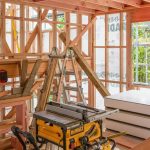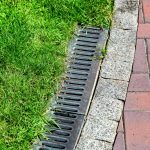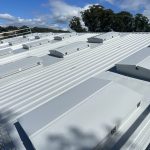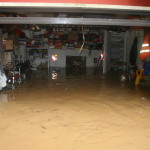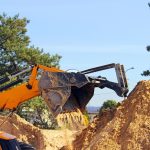Build Strong Foundations with Expert Structural and Geotechnical Services
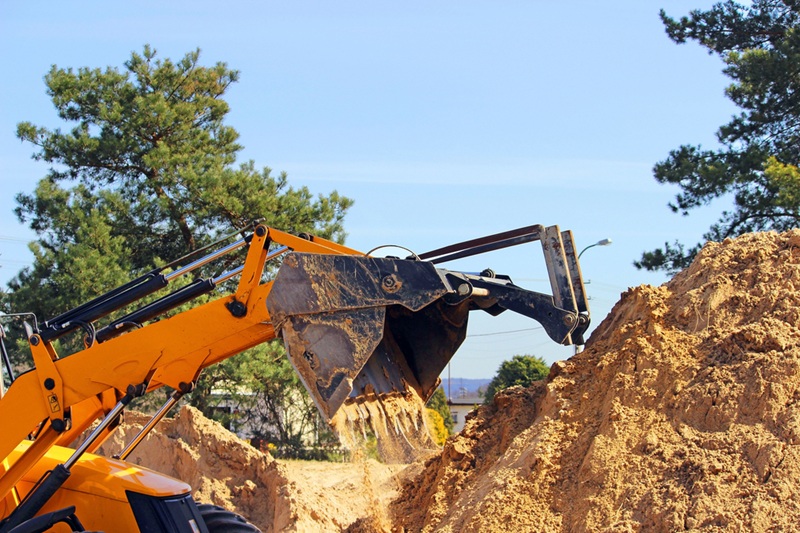
You’re about to take on a project where the ground beneath your feet matters as much as the design you sketch.
Before concrete is poured or steel is bolted, you need to read the soil, respect the forces, and plan for the unknown.
A partner like Geotech Built walks you through real-world case studies, helping you ask the right questions of both the earth and the engineers, well before work begins.
Advanced Site Characterization
Before the first shovel touches soil, a rigorous site characterization campaign uncovers hidden risks, optimizes budgets, and prevents re-designs that can derail promising projects late.
High-Resolution Subsurface Mapping
Integrated cone penetration tests, multichannel GPR, and borehole imaging build a three-dimensional model that accurately predicts stratigraphy, groundwater, and obstructions long before construction begins.
Data-Driven Risk Profiling
Geostatistical algorithms transform raw field data into probabilistic maps of settlement, liquefaction, and heave potential, letting you rank threats and assign contingency funds intelligently.
Stakeholder Collaboration Workflow
Cloud dashboards share live findings with owners, designers, and regulators, ensuring every decision reflects the most current ground truth instead of outdated paper reports.
Geophysical Data Insights
Modern projects harness artificial intelligence and seismic attributes to reveal subtle structural features that conventional interpretation easily misses, accelerating reservoir decisions and civil planning alike.
Machine-Learning Attribute Extraction
Clustering engines classify amplitude, frequency, and phase attributes, automatically flagging discontinuities, karst voids, and paleo-channels that could jeopardize foundations or well placement.
Fault Detection at Scale
Deep networks trained on global datasets delineate complex fault networks within hours, guiding safe tunnel alignments and minimizing drilling surprises that inflate costs.
Seamless Knowledge Transfer
Interactive workbenches export machine-readable fault and facies models directly into BIM and reservoir simulators, closing the gap between geoscience and engineering.
Foundation Design Principles
A structure only performs as well as the foundation that supports it, so robust design principles anchor every load path to competent, well-understood ground.
- Load-Path Clarity. Continuous shear and moment diagrams confirm gravity, wind, and seismic forces travel efficiently from superstructure into soil without unexpected stress reversals.
- Serviceability First. Settlement criteria often control footing dimensions; targeting differential movements under 25 millimetres protects façades, elevators, and brittle finishes.
- Redundancy Matters. Combining driven piles with a stout raft mitigates localized soft zones and delivers predictable performance under extreme events.
- Sustainable Materials. Supplementary cementitious materials and recycled steel reduce embodied carbon while meeting durability requirements in aggressive chemical environments.
Applying these principles early avoids costly underpinning, litigation, and operational downtime that plague foundations designed on assumptions instead of verified soil behavior.
GeoDesign Engineering Strategies
GeoDesign marries structural and geotechnical expertise, yielding integrated solutions that respect both soil mechanics and architectural ambition without inflating schedules.
Retaining Systems Synergy
Soldier piles, soil nails, and tieback anchors are sized concurrently with concrete diaphragms, creating composite walls that balance earth pressures and structural stiffness.
Deep Foundation Optimization
Load-transfer platforms atop controlled modulus columns shorten piles, cut concrete volume, and limit vibrations near sensitive heritage buildings or operating hospitals.
Constructability Reviews
Early workshops with contractors vet rig access, spoil management, and sequencing, ensuring that elegant analyses translate into field-ready, budget-friendly details.
Excavation Support Techniques
Deep excavations demand temporary works that safeguard adjacent utilities, workers, and the public while allowing efficient removal of soil and rock.
- Sheet-Pile Walls. Interlocking steel sheets resist lateral earth and water pressures, ideal for waterfront or contaminated sites requiring minimal ground disturbance.
- Secant Pile Rings. Overlapping drilled shafts create watertight cofferdams around elevator cores, permitting excavation well below the water table.
- Braced Cuts. Cross-lot struts or rakers counteract wall deflection in tight urban corridors where tiebacks cannot trespass onto neighboring property.
- Soil Freezing. Temporary artificial permafrost forms impermeable arches, enabling tunnel entry shafts through saturated sands without dewatering.
Selecting the right technique balances ground conditions, vibration tolerance, schedule constraints, and long-term wall reuse potential after the excavation closes.
Tunnel Stability Solutions
Underground works introduce unique loading regimes, so proactive stability measures keep your tunnel safe throughout excavation and its century-long service life.
Sequential Excavation Method (SEM)
Carefully staged heading advances, coupled with immediate shortcrete support, control ground convergence in highly variable soils and reduce surface settlement.
Lining System Selection
Fiber-reinforced precast segments offer high flexural capacity and rapid erection, while cast-in-place linings allow seamless waterproofing in complex cross-sections.
Real-Time Convergence Monitoring
Laser scans and extensometers verify design assumptions daily, letting crews adjust ring stiffness or grout pressures before distortions threaten safety or clearances.
Laboratory Soil Testing
Field samples tell only part of the story; laboratory testing quantifies the engineering parameters that transform empirical guesses into verifiable design inputs.
- Index Classification. Grain-size distribution, Atterberg limits, and specific gravity categorize soils, informing correlations for permeability and compressibility.
- Strength Determination. Triaxial and direct shear tests reveal friction angles, cohesion, and brittle-ductile transitions crucial for slope and footing analyses.
- Consolidation Behavior. Oedometer tests model settlement rates, allowing phased loading schedules that prevent intolerable post-construction movements.
- Chemical Compatibility. Sulfate, chloride, and pH assessments guide concrete mix design and protective coatings in aggressive environments.
Referencing standards like ASTM D1587 and ISO 17892 ensures results integrate seamlessly with numerical models and satisfy rigorous peer review expectations.
Field Monitoring Expertise
Construction does not end with ribbon-cutting; ongoing monitoring validates design predictions, manages liability, and prolongs asset performance under evolving loads and climates.
Wireless Sensor Networks
Battery-powered accelerometers, strain gauges, and tiltmeters stream data to cloud servers, delivering condition dashboards accessible from any device at any time.
Event-Driven Analytics
Threshold alarms trigger immediately after earthquakes, storms, or heavy truck crossings, guiding rapid inspection priorities and minimizing downtime for owners and operators.
Lifecycle Decision Support
Long-term datasets inform maintenance schedules, retrofitting needs, and insurance negotiations, turning monitoring costs into measurable financial returns.
Grounded Takeaways
You now grasp how subsurface knowledge guides every structural choice. Use the data, models, and monitoring techniques discussed to set realistic tolerances, verify performance, and intervene early when parameters drift. Should existing footings show distress, reference the detailed methods at foundation repair in Sydney to align remediation with geotechnical intent.









